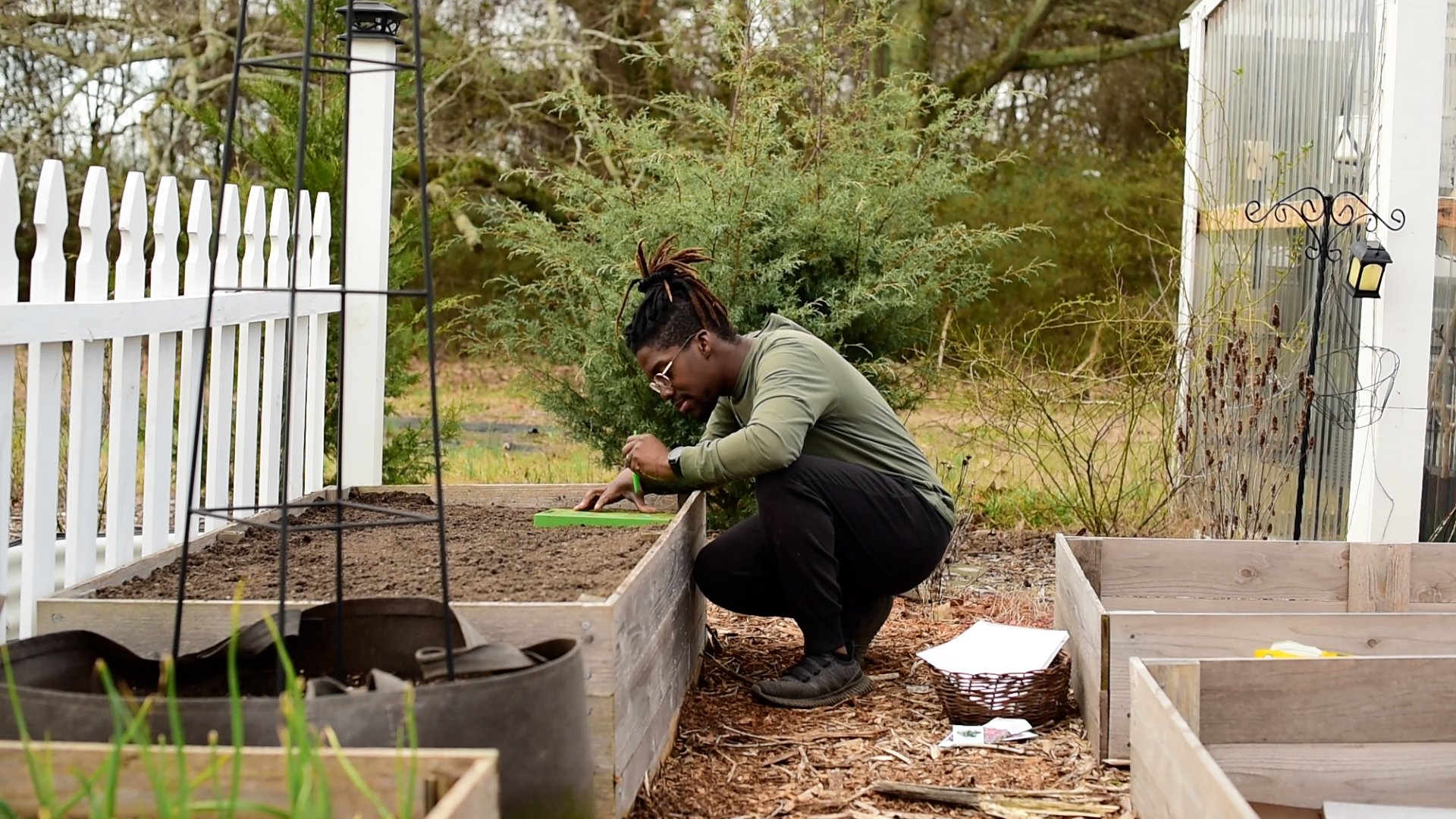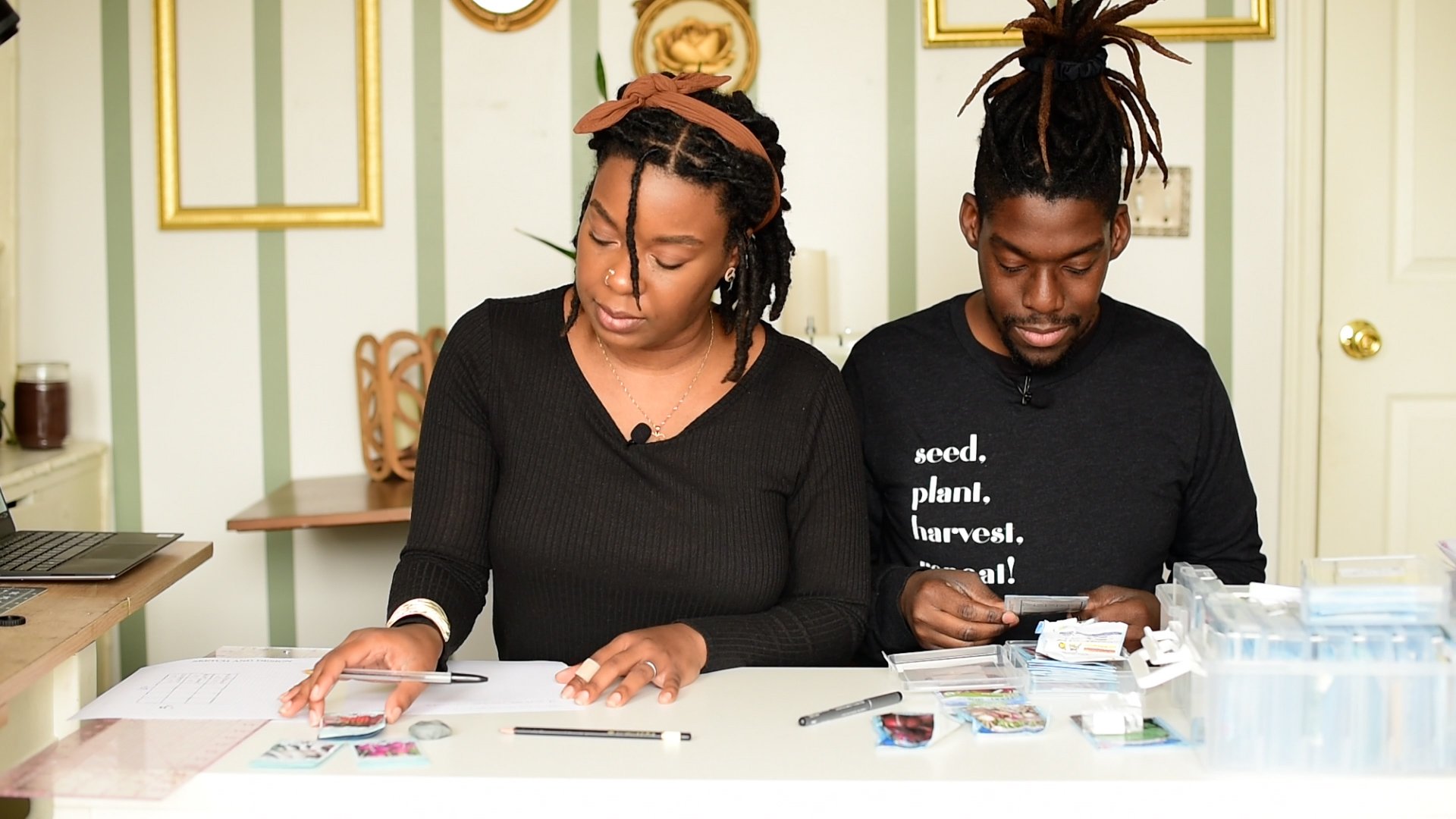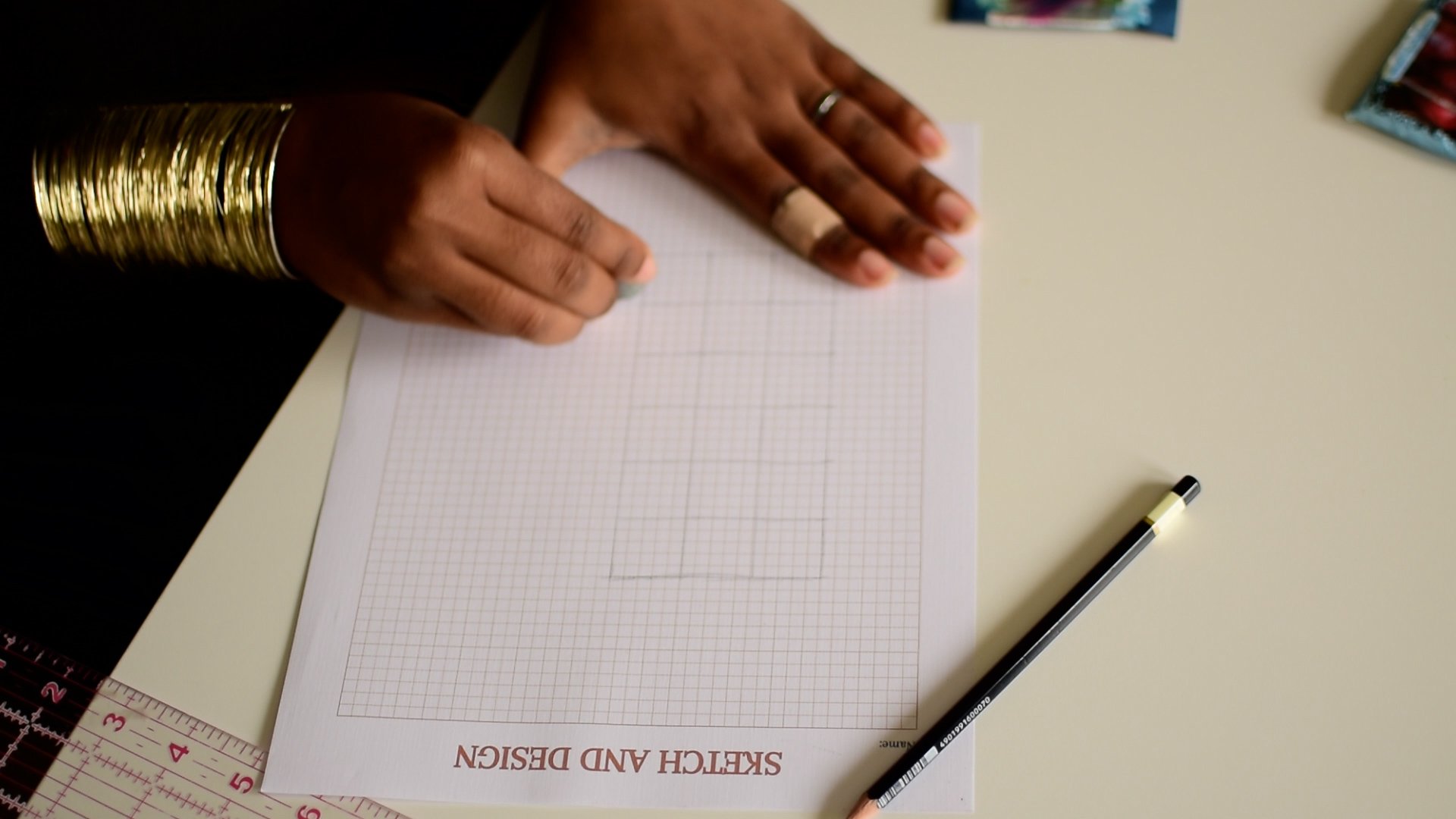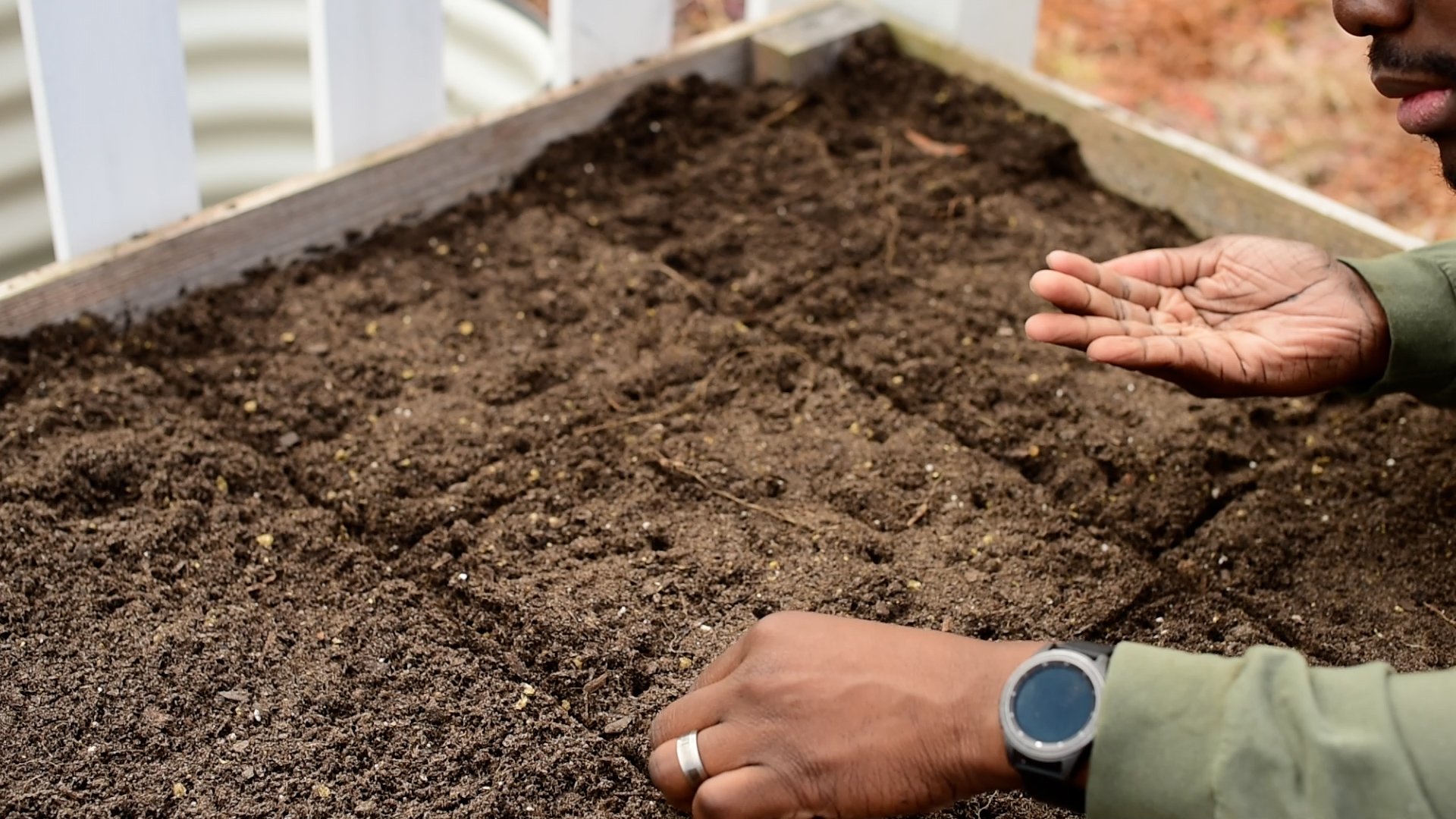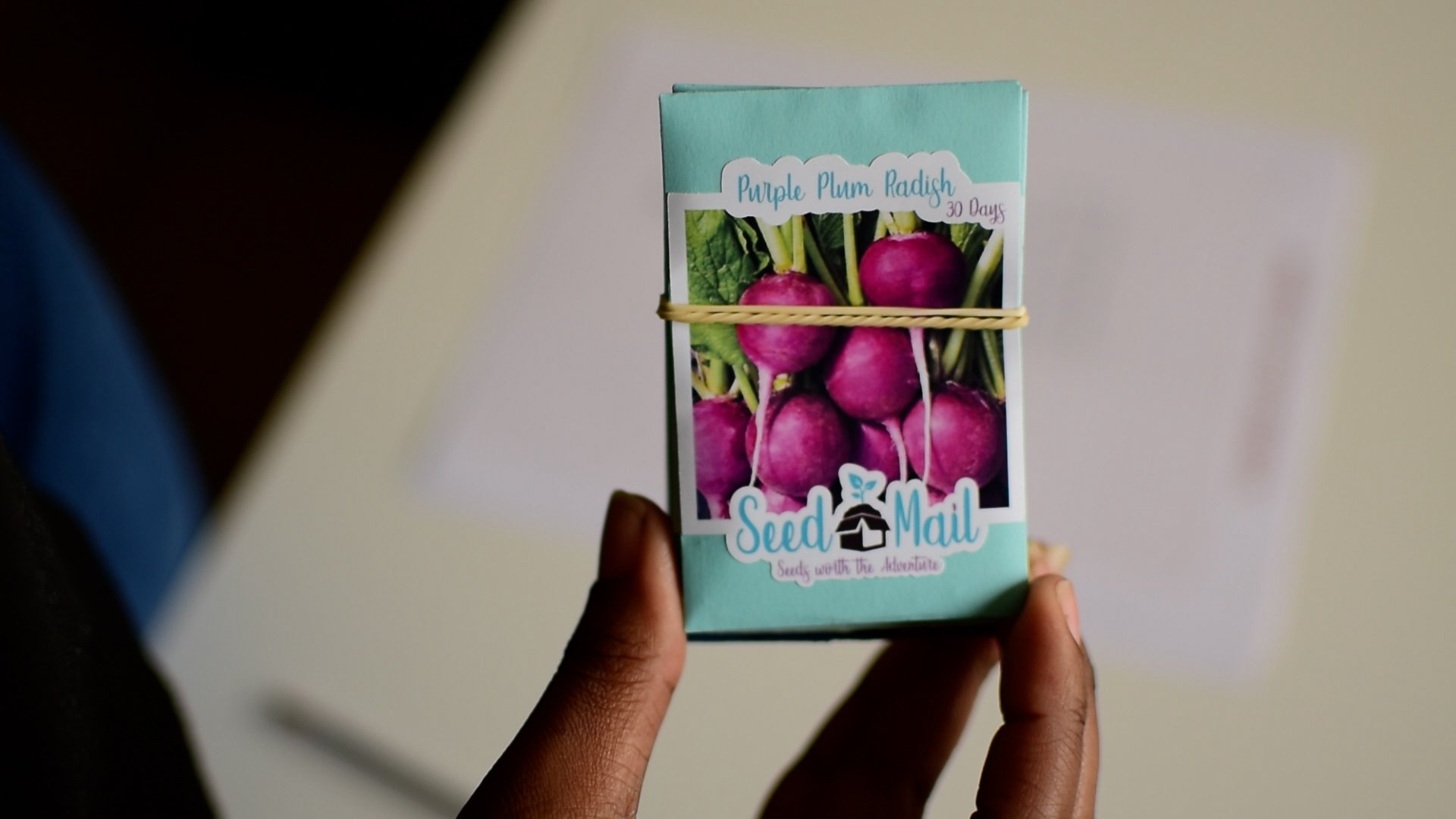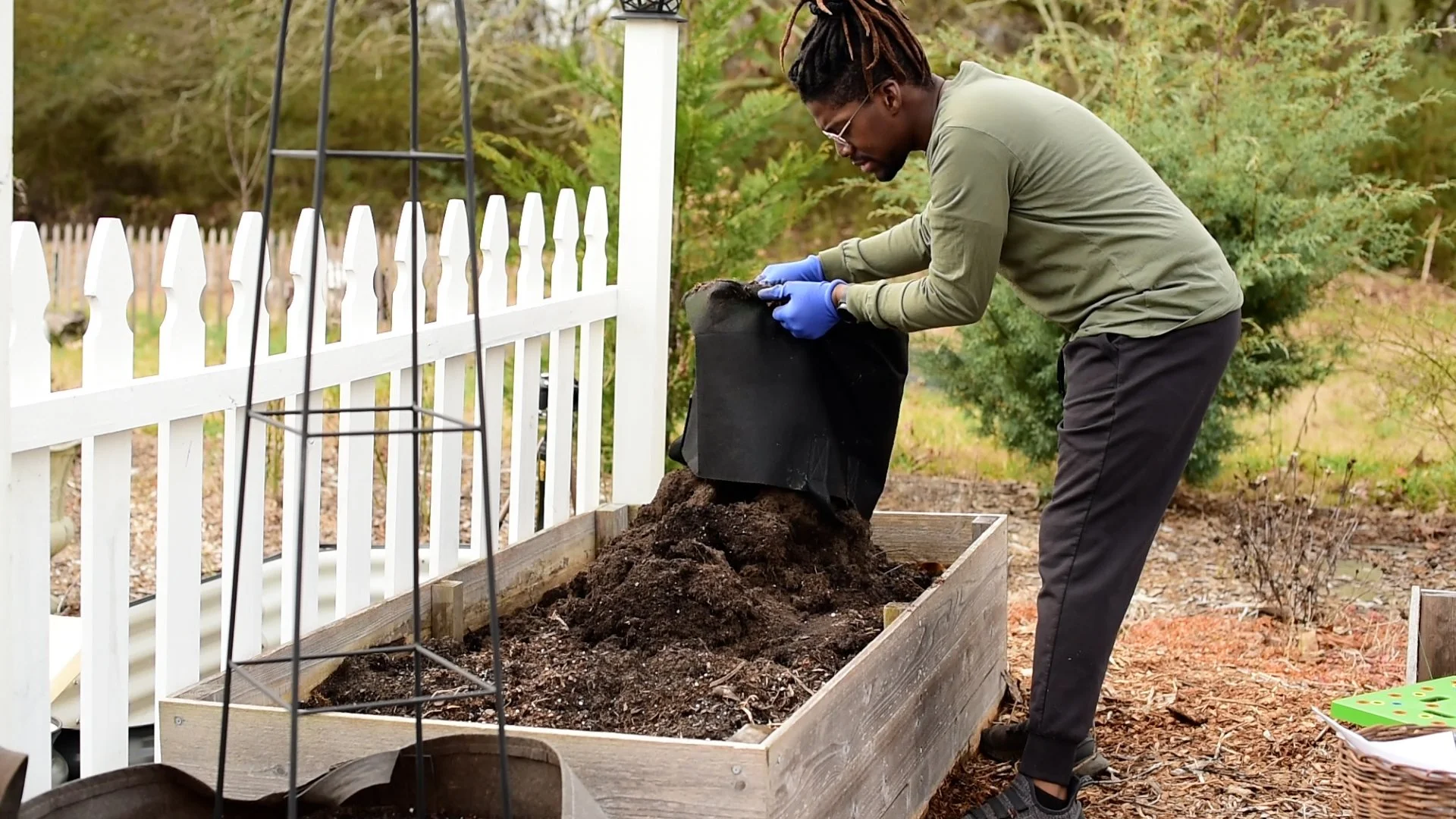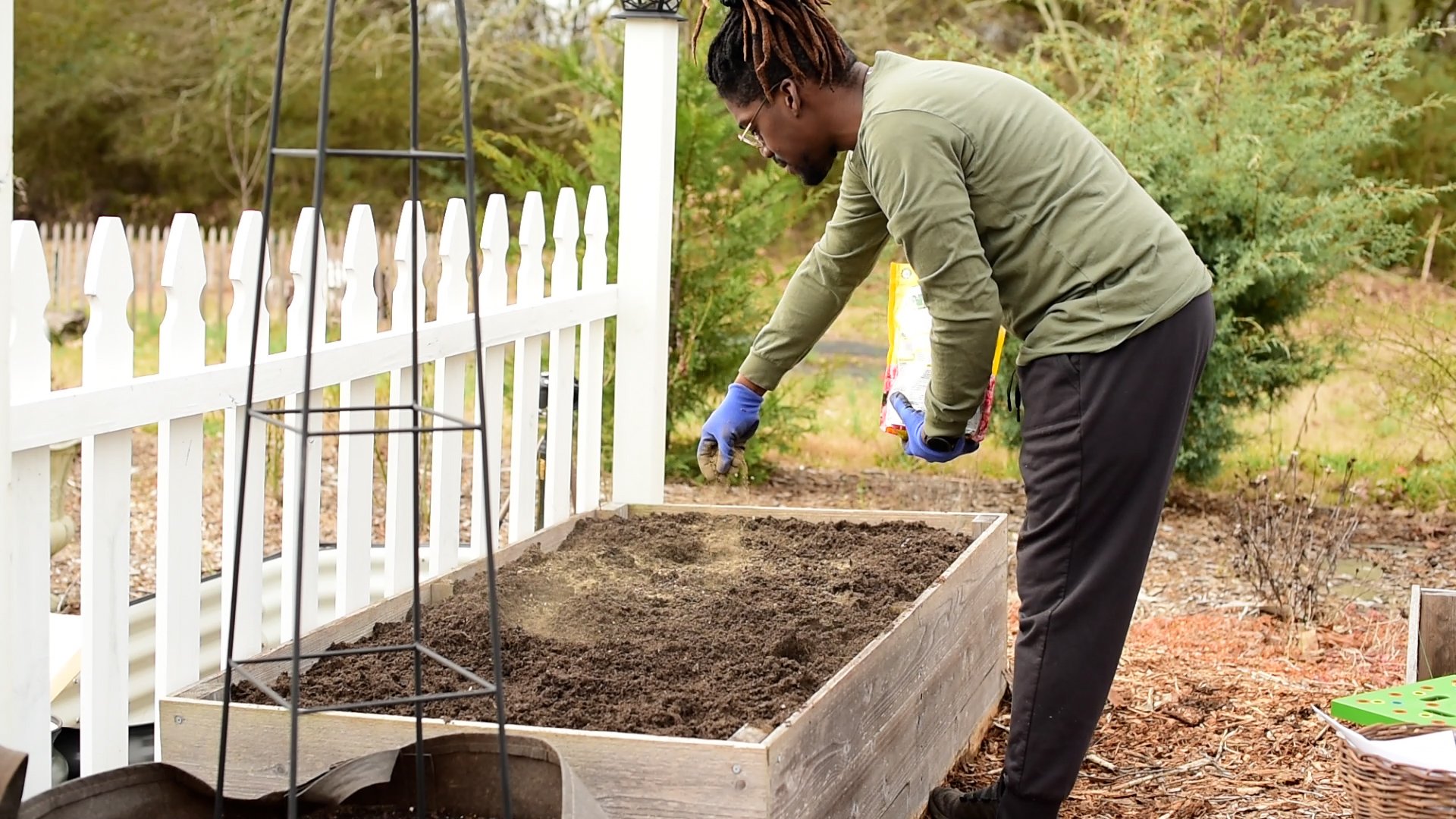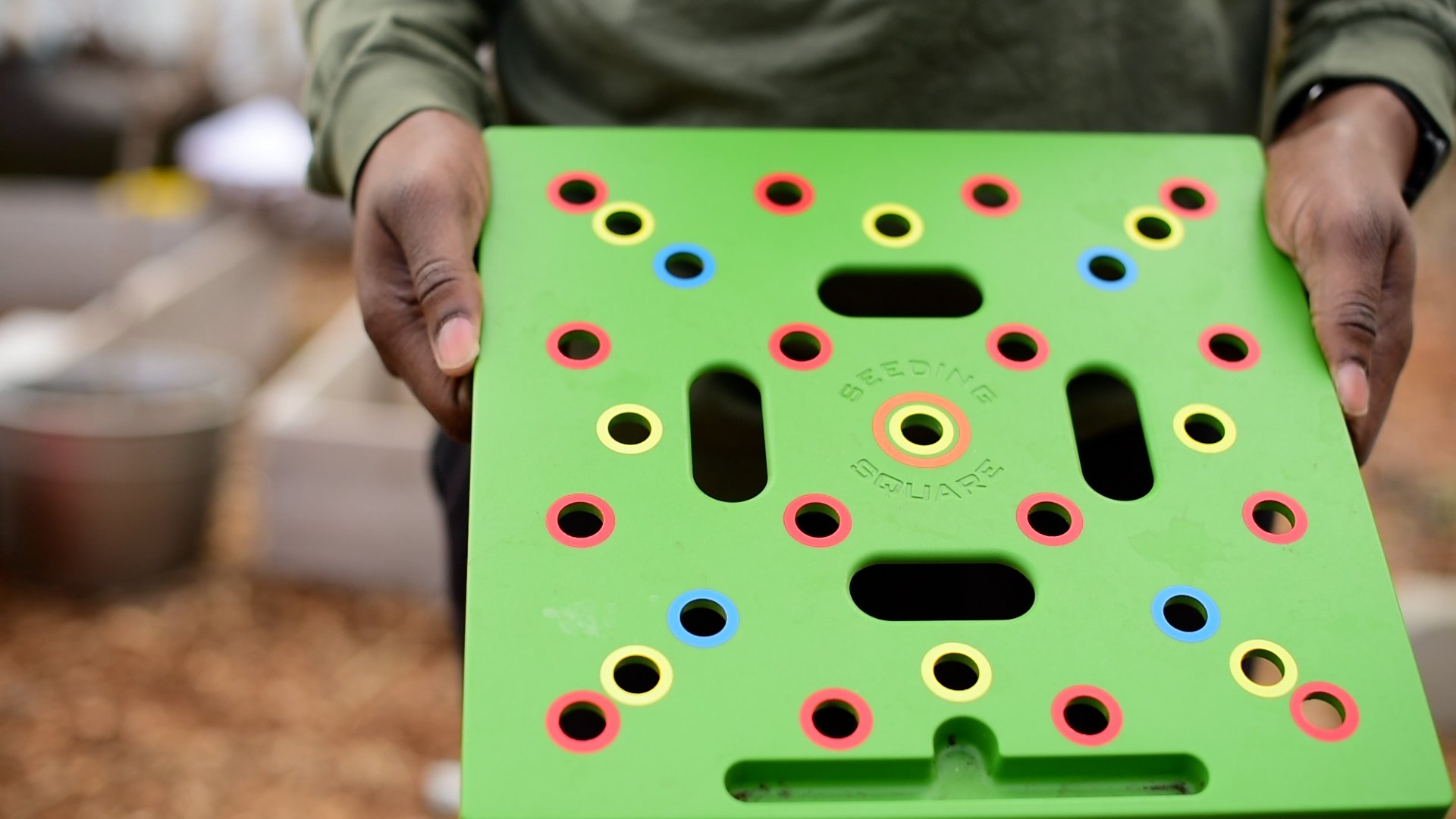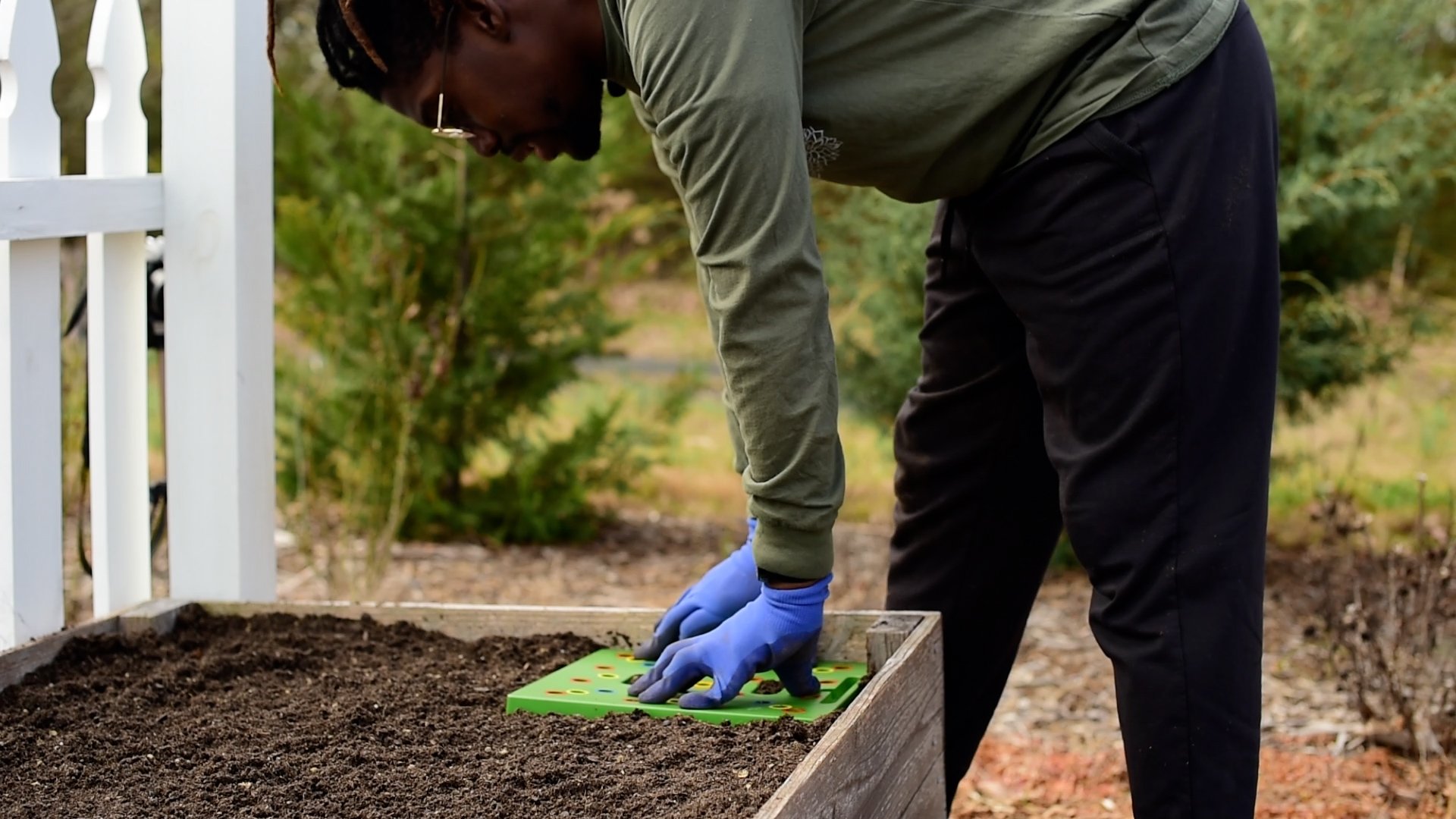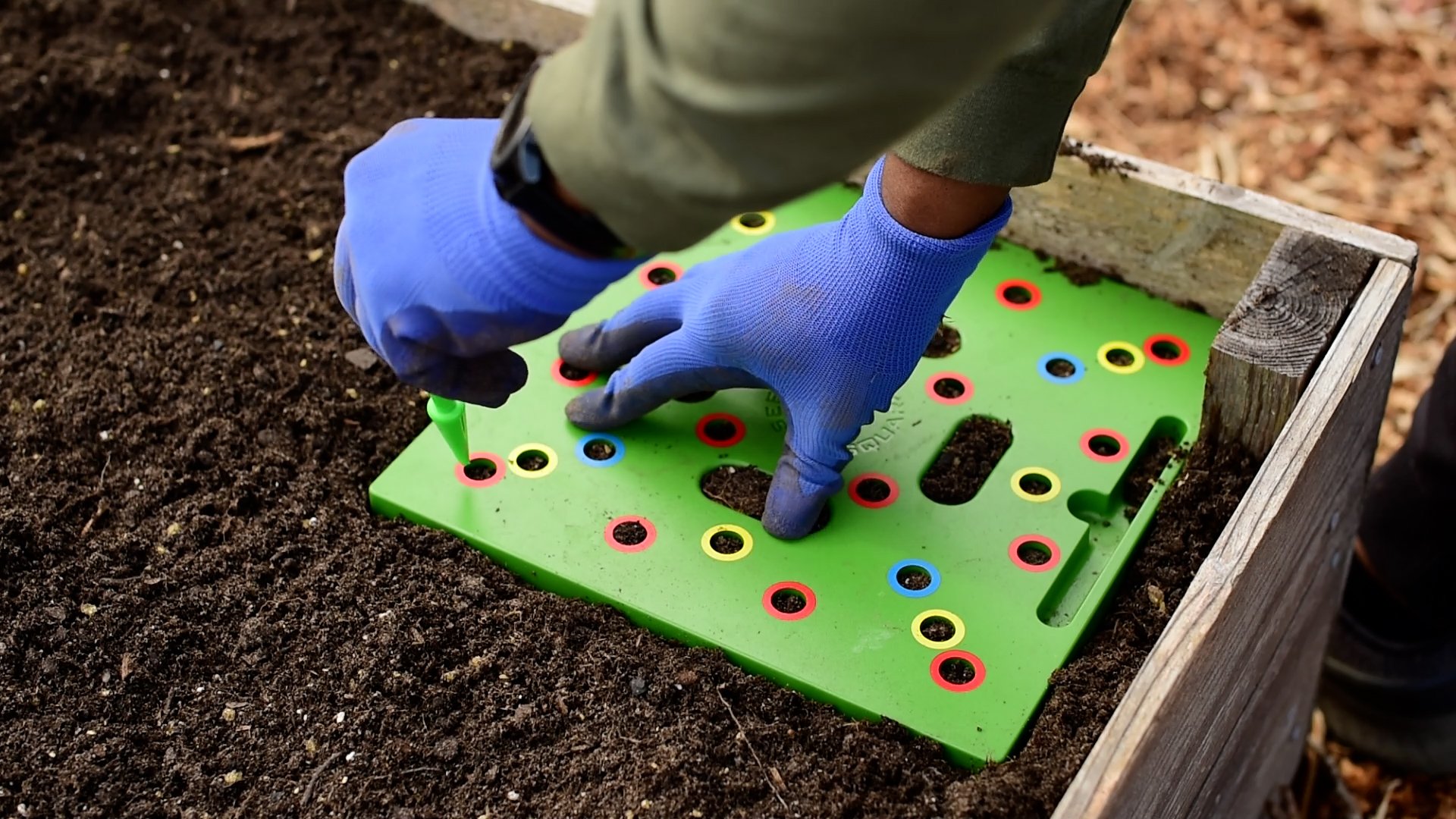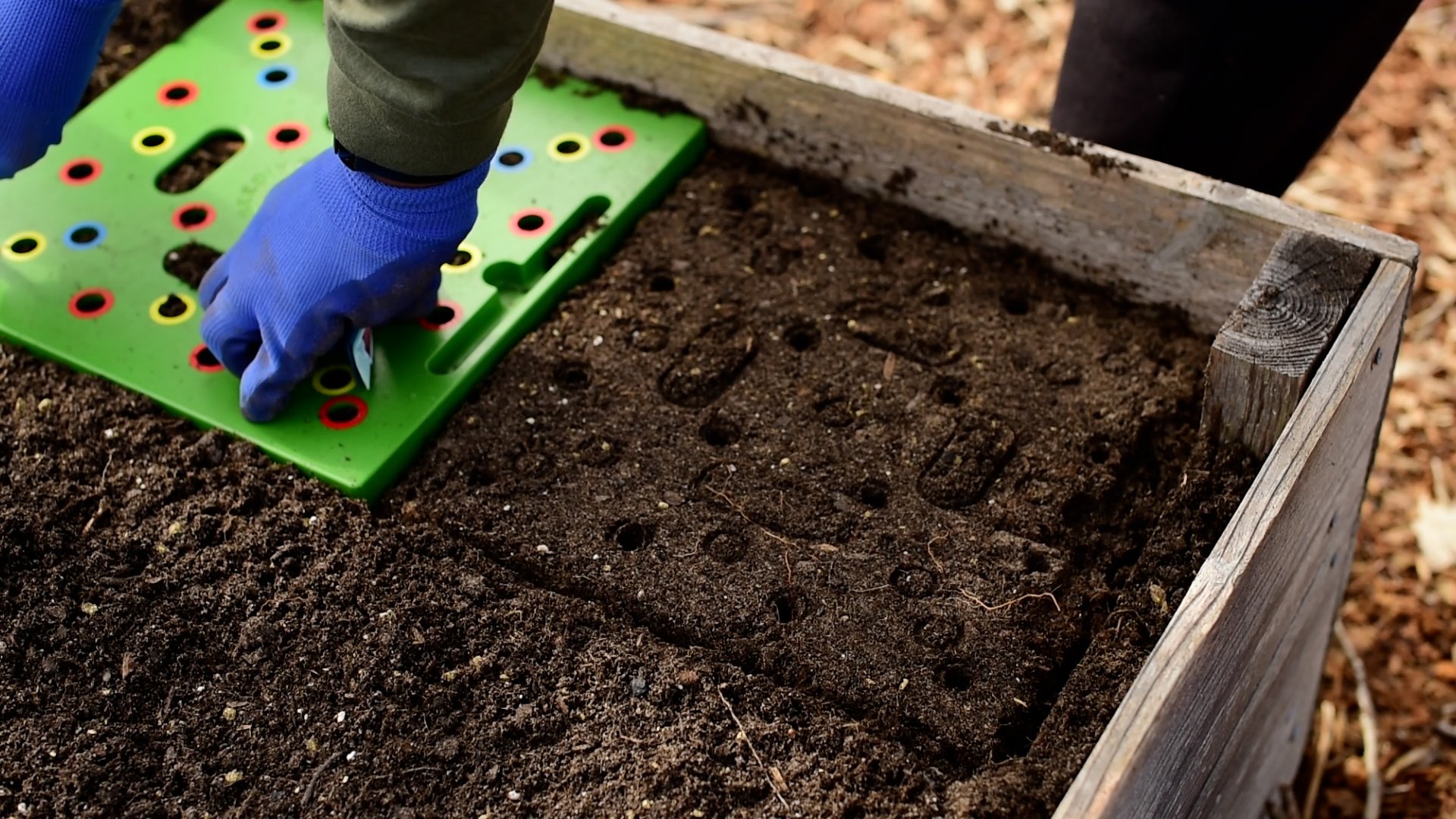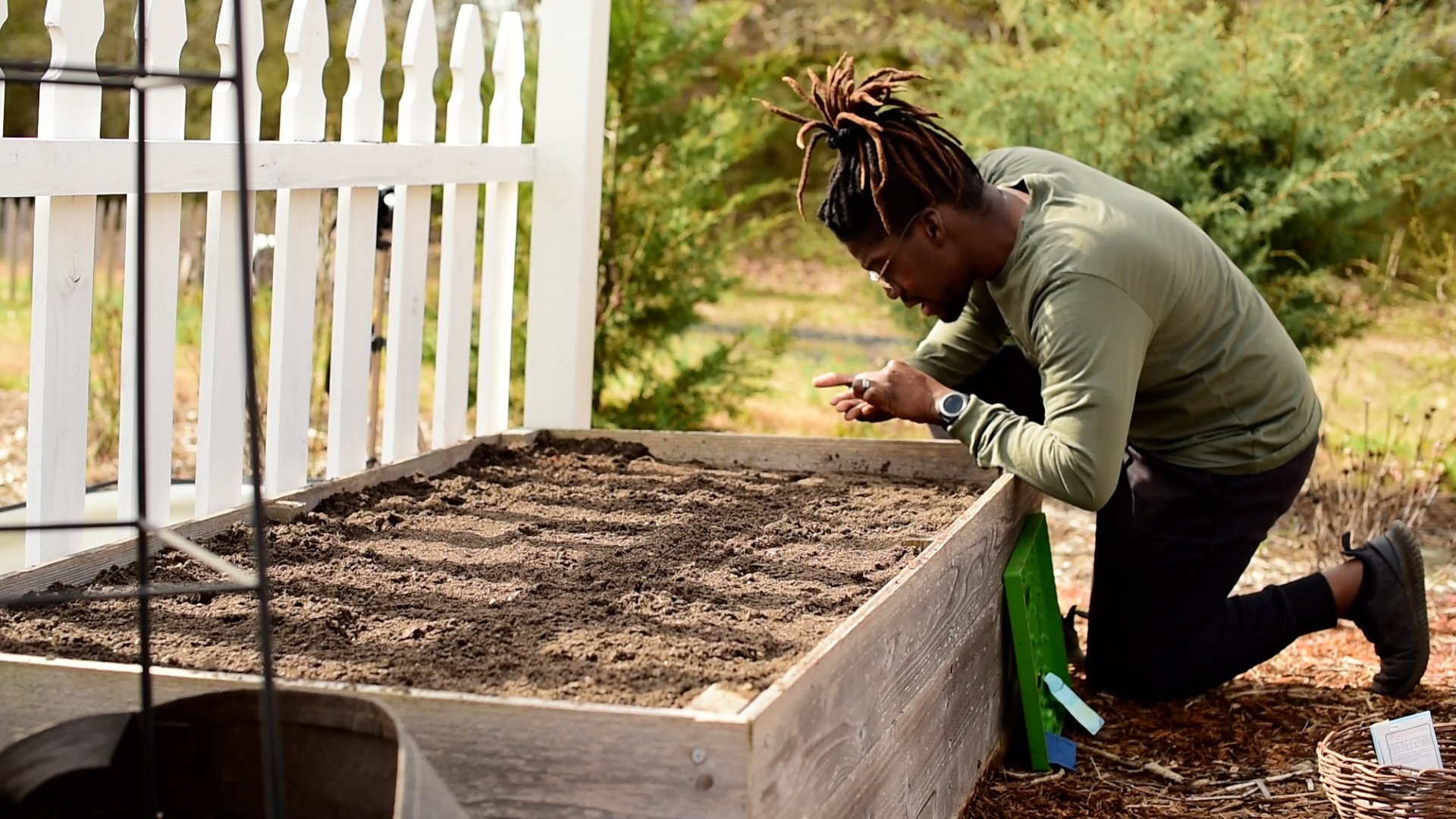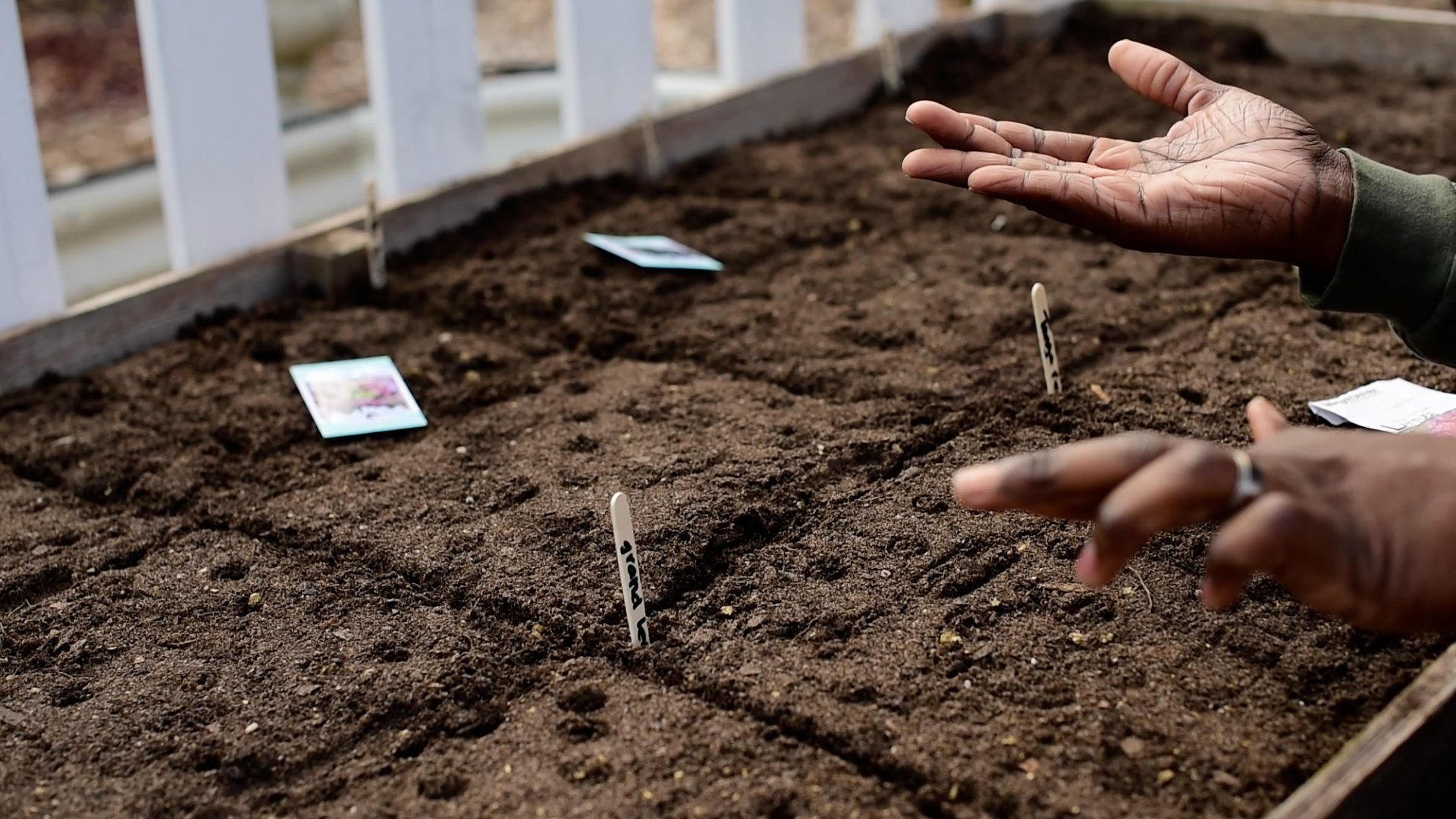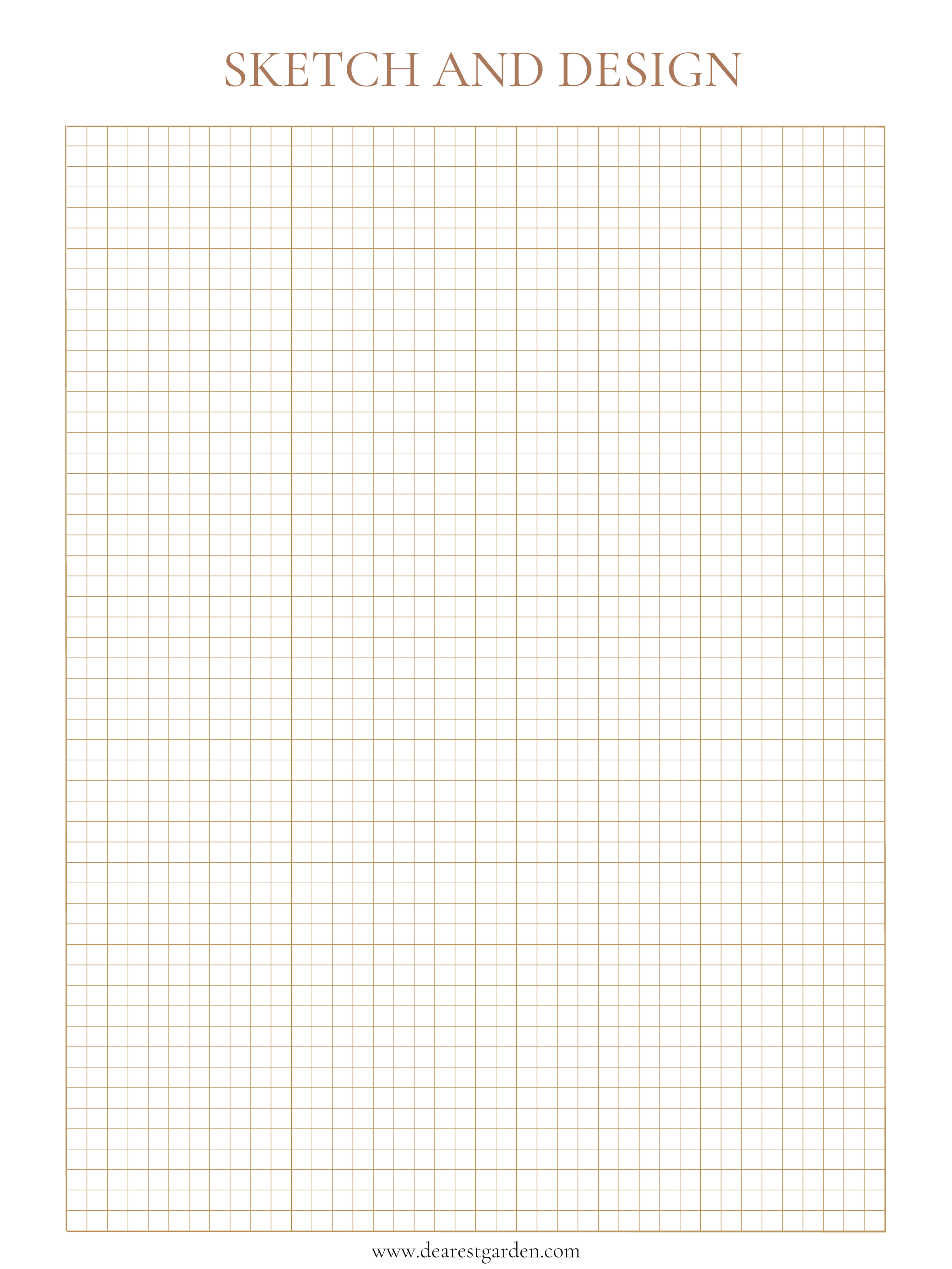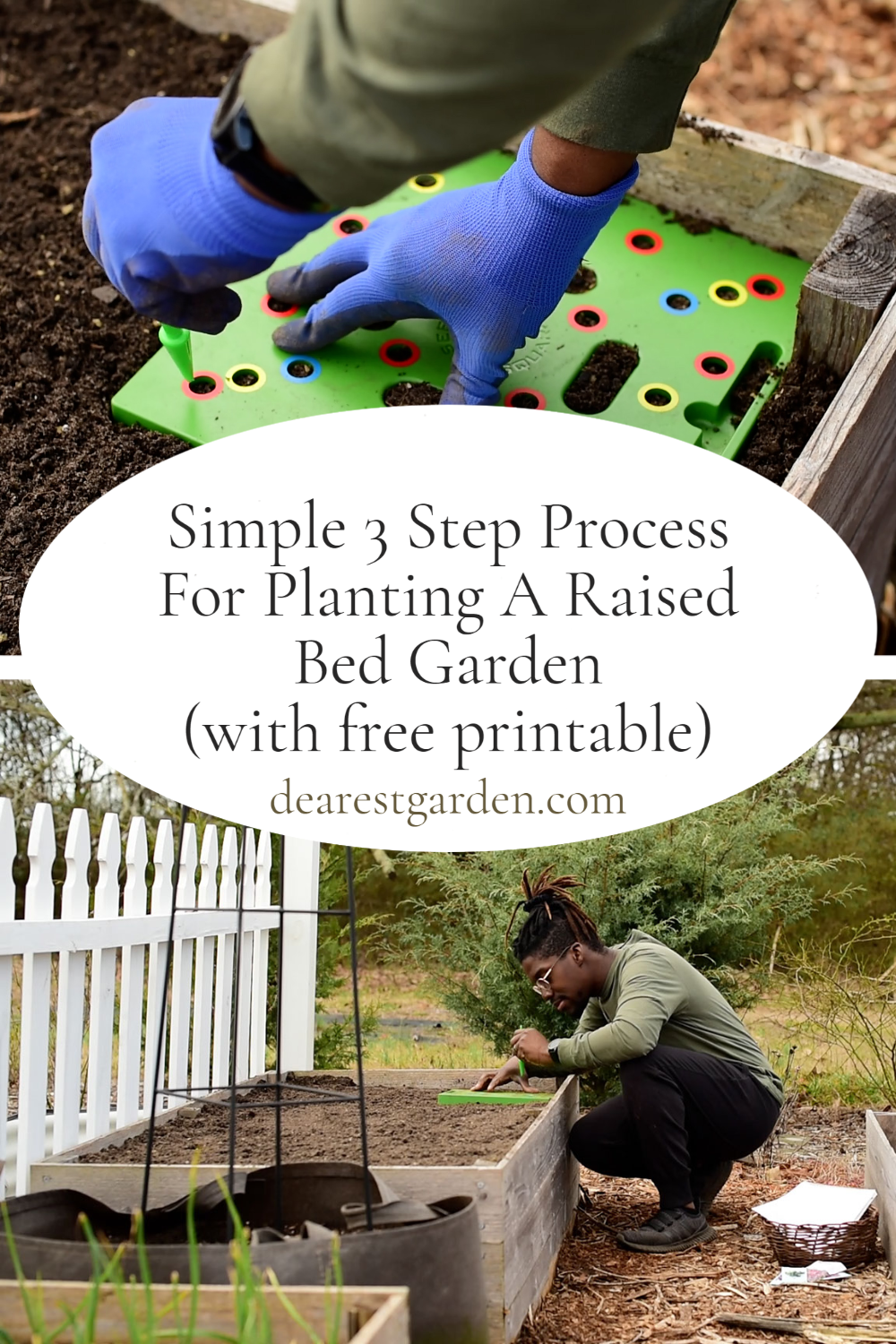Use This Simple 3 Step Process for Planting a Raised Bed Garden (With Free Printable)
*Disclosure: I only recommend products I would use myself and all opinions expressed here are our own. This post may contain affiliate links that at no additional cost to you, I may earn a small commission.
When Rodney and I first started gardening in raised beds, we did a lot of research on the best methods for beginners. In our findings, we discovered a method that was simple enough for us to grasp and implement into our garden. That method is called Square Foot Gardening.
What is Square Foot Gardening?
If you don’t know, the Squarefoot Gardening Method is the process of dividing your growing area into small square sections that are usually 1 foot in size. This creates a certain number of blocks depending on the size of your garden or raised bed. Different plants are planted per block according to their size. For example, if you were to plant carrots, you can plant 16 per squarefoot. For heading lettuce, only one can fit per squarefoot since it is a larger vegetable that needs more space to reach maturity. To make things even easier, I like to refer to this Squarefoot Gardening Plant Chart created by Garden In Minutes. It lists each vegetable/fruit type you can sow per square. There are several charts out there to guide you when creating your garden layout plan.
Our Process In 3 Steps
It is easy to get overwhelmed when starting a new garden. Especially if this is your first time creating one. To make things easier lets break down the process in 3 simple steps: Plan, Design, Sow.
Step 1: Plan
The first step in planting a new raised beds involves making a plan. In this stage you want to pick out the seeds you want to plant. The seeds you choose will depend on the current growing season you are in and your growing zone. If you aren’t sure what your growing zone is, checkout this map. We are in zone 8 and since it is February, cool season seeds can be direct sown into the garden. After we narrow down which seeds to start, we need to choose, how many squarefoot blocks we want to dedicate for each plant. Which brings me to my next step, Design.
List of Common Cool Season Vegetables:
asparagus, beets, broccoli, brussels sprouts, chives, cabbage, carrots, cauliflower, swiss chard, kale, leek, lettuce, onion, parsnips, peas, radishes, spinach, and turnips.
Step 2: Design
The design stage involves drawing your raised bed on paper or digitally . Paper is my medium of choice when it comes to creating my raised bed layout. To simplify things even more, I have created a Sketch & Design Printable to use each time I want to develop a square foot garden. You can download and print it here to help you in these stages. I first take the graph paper and sketch my raised bed.
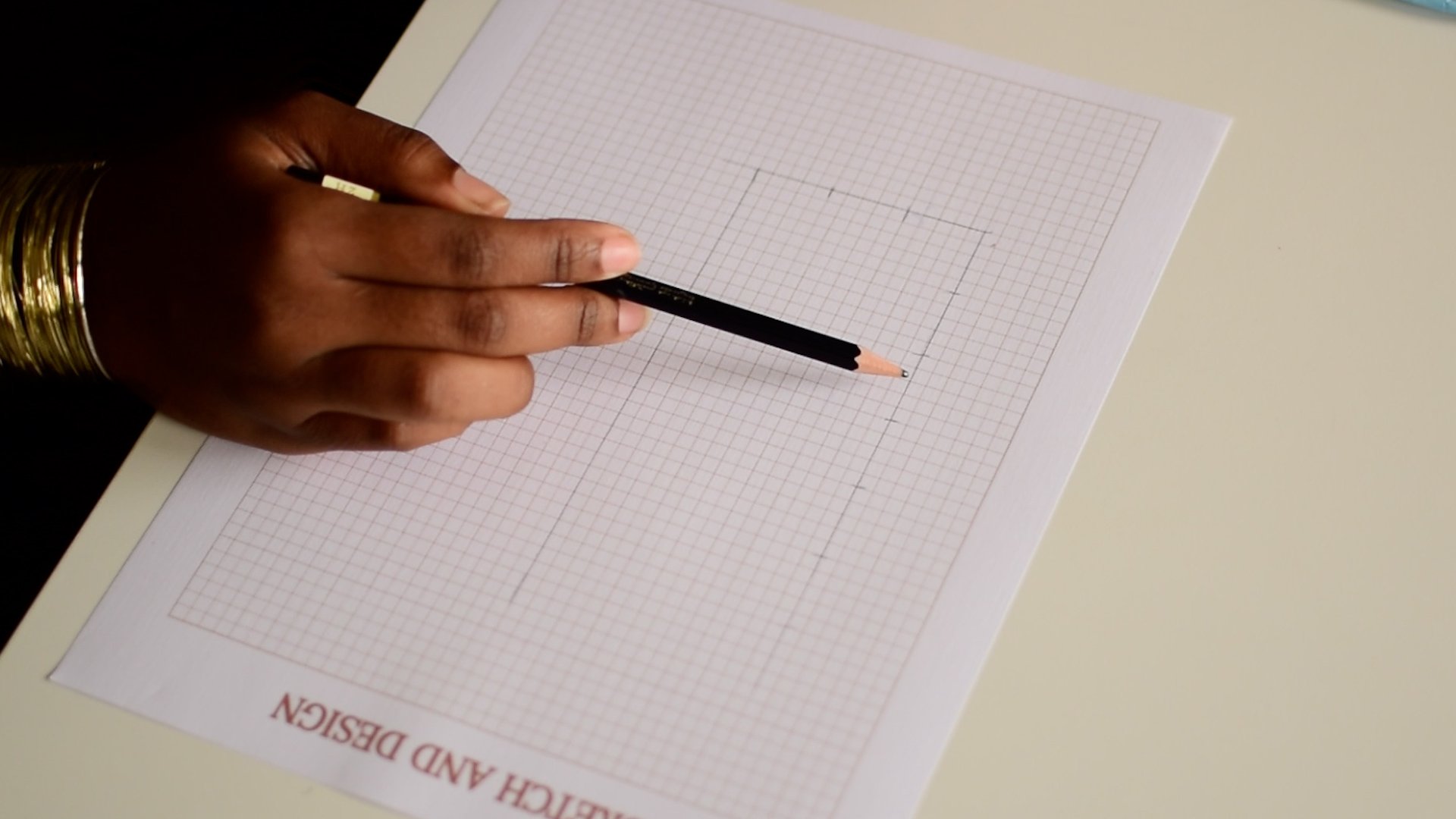
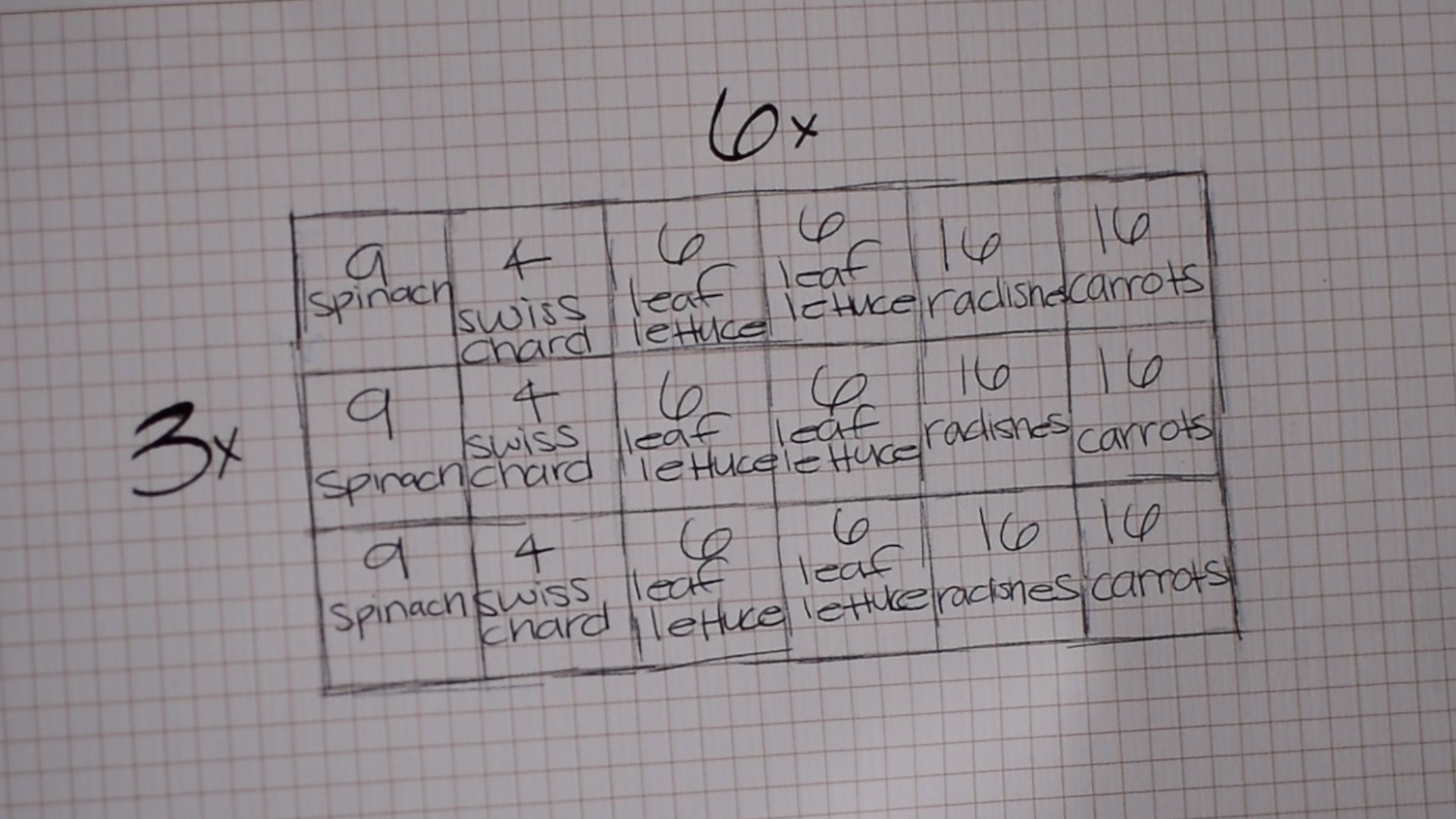
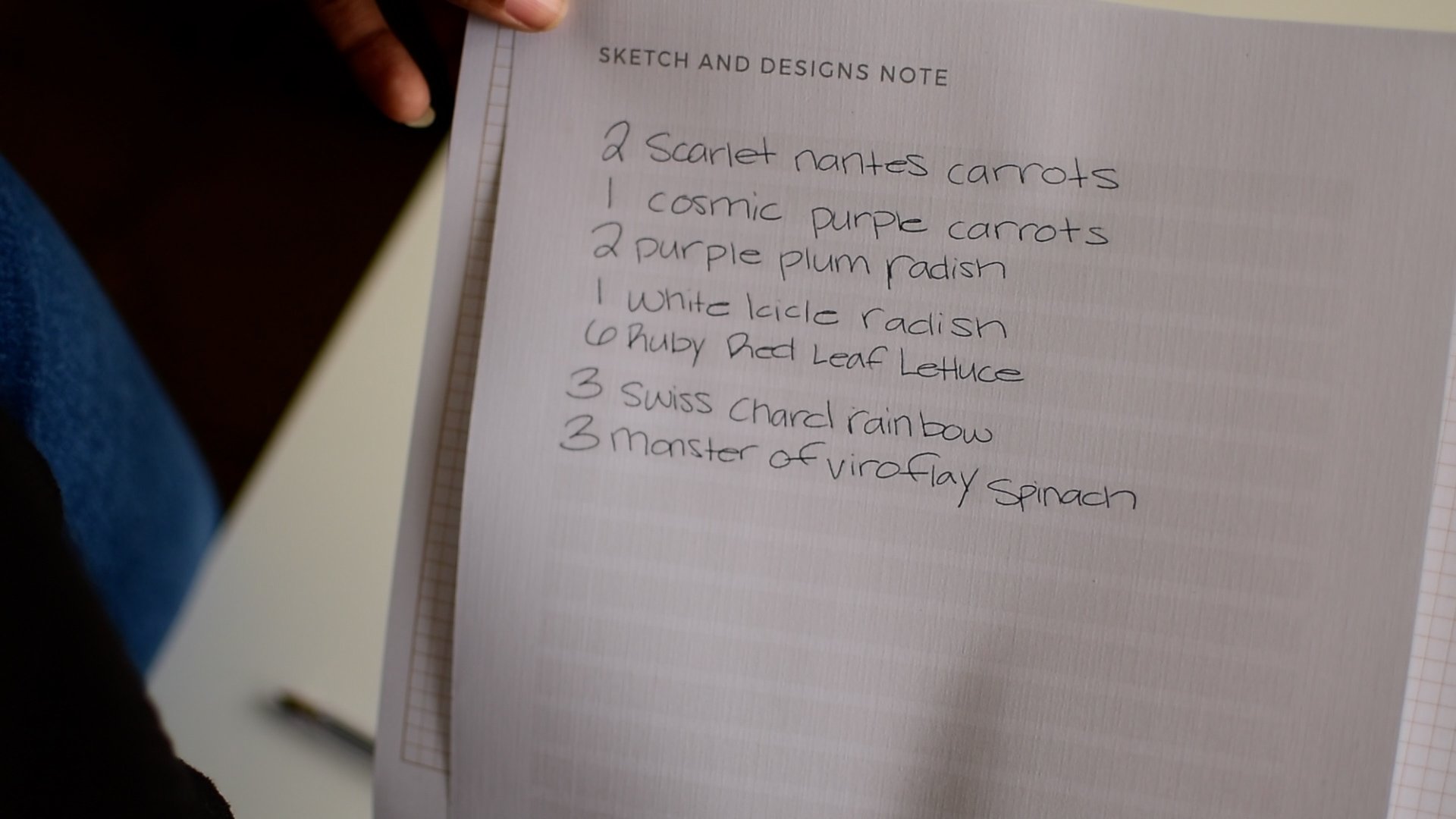
The one we will be seeding into, is 3ft by 6ft in size. Which means my design needs to include 18 square foot blocks. From here I am choosing how many blocks I want to dedicate per vegetable. In the video, we decided to sow carrots in 5 blocks. 3 for the Scarlett Nantes variety and 2 for Cosmic Purple. Since we have more raised beds to plant in, we are happy to devote several blocks of carrots in one bed. However, if you only have one growing space, you can easily sow each square with a different vegetable, fruit, or flower depending on the season. Now lets take our plan and seeds outside to sow into the garden.
Step 3: Sow
Before we plant out the seeds, be sure that your planting area our raised beds have been topped off with compost. We also like to add in a slow release all purpose granular fertilizer before we plant. You can even do this a few weeks prior to ensure the nutrients have to time work into the soil.
To create our spacings, we are using this Seeding Square. I like using this template because it is the size of a square foot and has a color coded spacing that acts as a planting guide when creating your holes. The template has spacings for 16, 9, 4, & 1. To use, you press the square into the soil, poke the color hole that you need, and then plant. Repeat the process until your entire bed is planted with seeds. How simple is that!
And that is how we plan and plant out each of our raised beds. Hopefully this will motivate you to start gardening or give you an idea on how to execute a plan prior to sowing. Be sure to watch the video on our channel that goes along with this post!
Happy Sowing!!
Pin this image!
Follow Dearest Garden On Instagram & YouTube!
